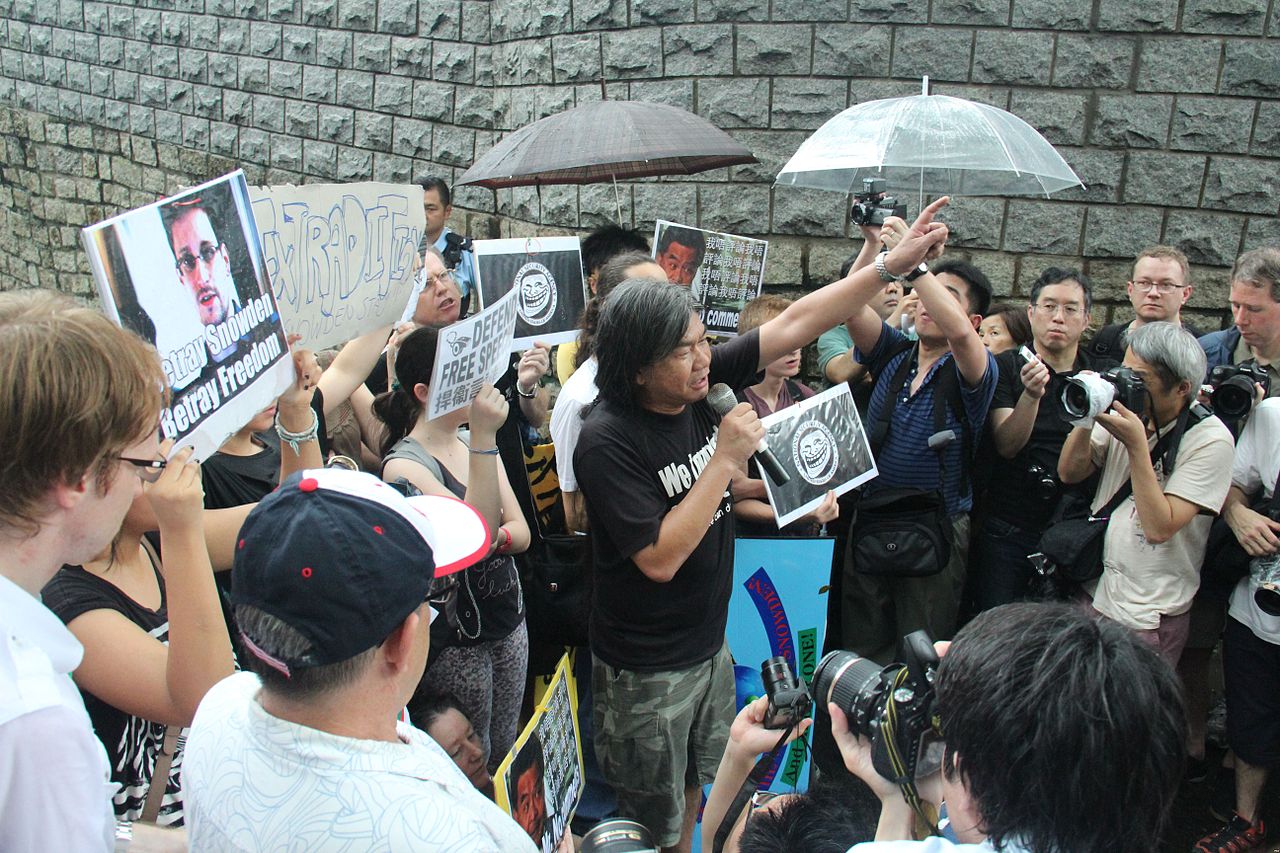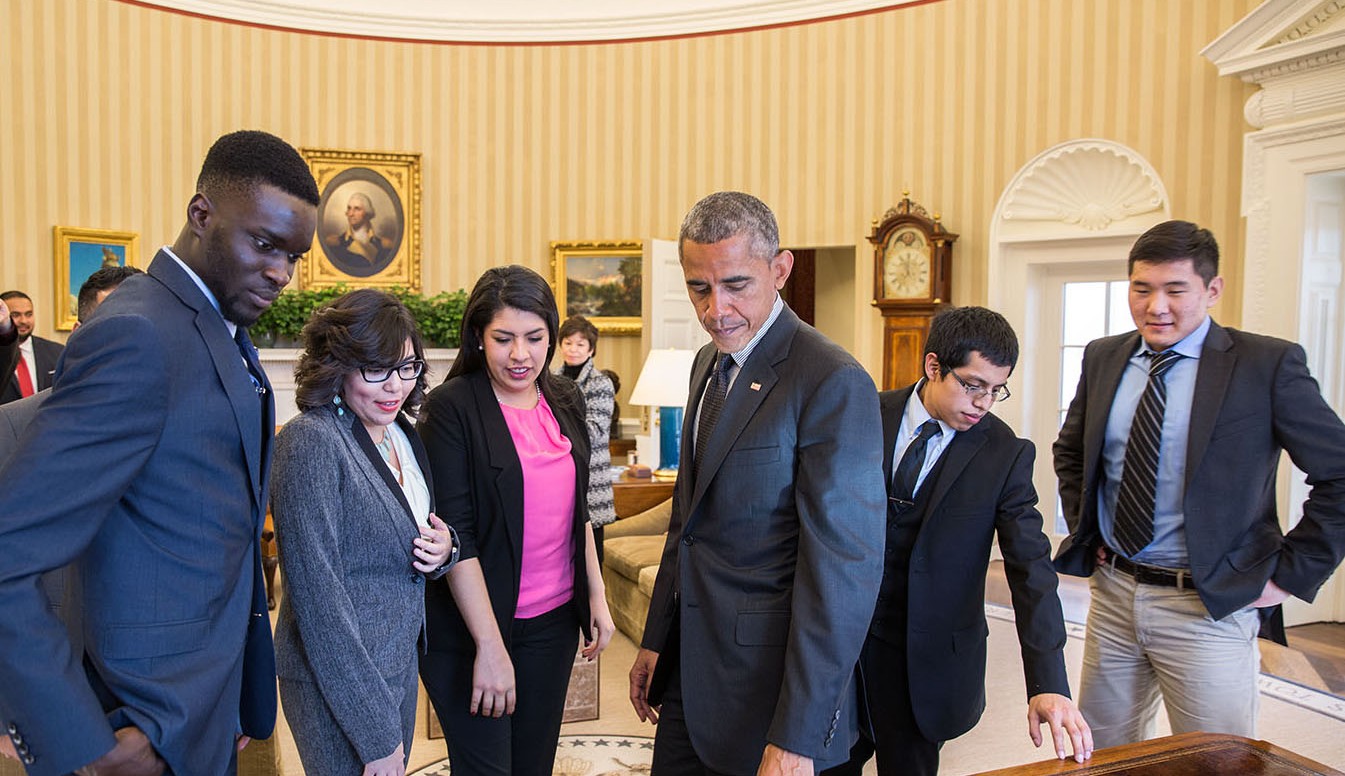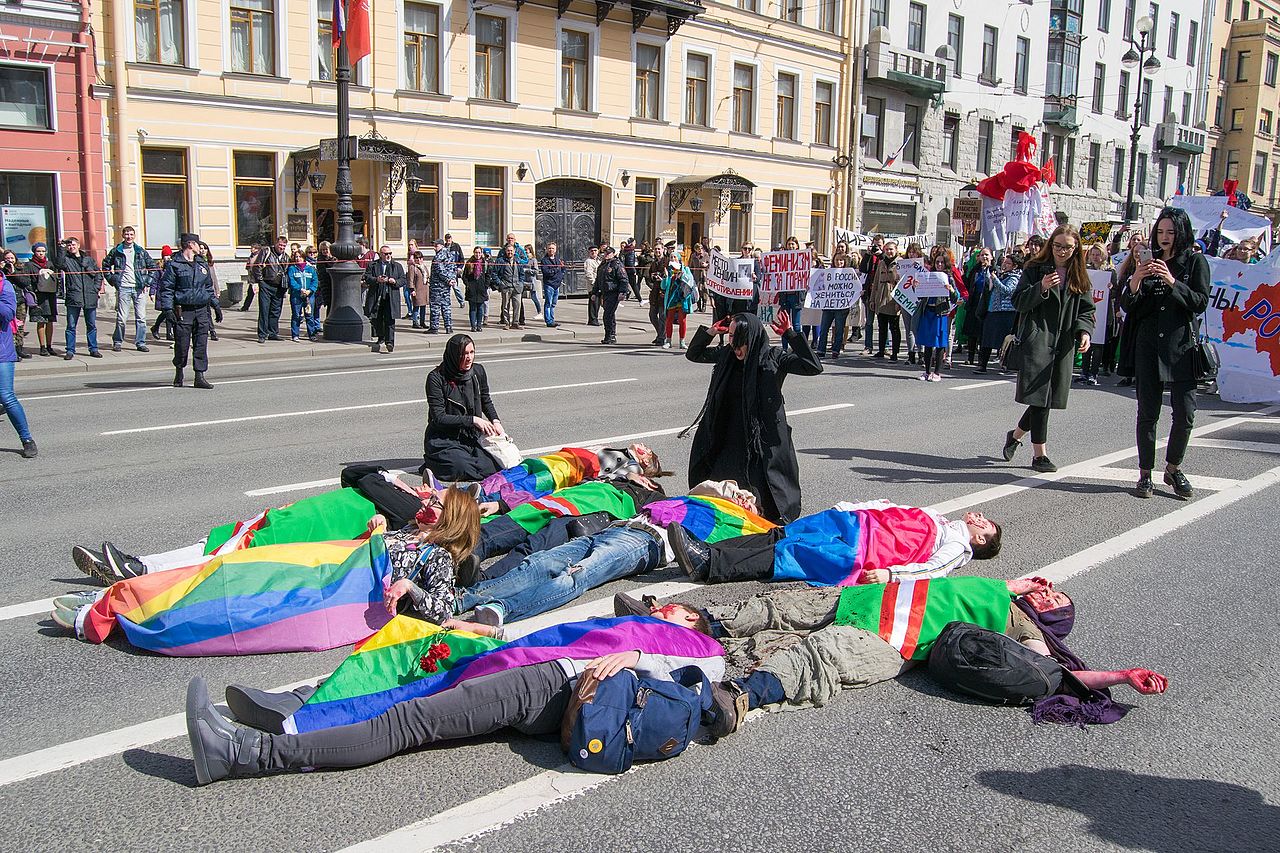Snowden’s Guardian Angels in Need of Urgent Assistance
Refugee Lawyers Are Urging the Canadian Government to Fast-Track the Claims of Asylum Seekers Who Helped Edward Snowden
A Canadian refugee lawyer is asking the Federal government to speed up the application process for a group of asylum seekers known as “Snowden’s Guardian Angels.” The Angels, who sought refuge in Hong Kong after fleeing persecution in their home countries, sheltered the American whistleblower, Edward Snowden, in Hong Kong for two weeks in 2013. They are now facing deportation from Hong Kong for their actions.
The Angels, who consist of four adults and three young children born in Hong Kong, gained recognition with the release of a 2016 Hollywood film, which portrays their involvement with Snowden. Unfortunately, this increased public awareness of the Angels’ affiliation with the American whistleblower has now put them in danger, as Hong Kong has ordered the Angels to report to an immigration detention center and sought to return them to countries where they face torture and persecution.
As a result, in January 2017, a not-for-profit group from Montreal, For the Refugees, raised funds and filed to privately sponsor the Angels to Canada as refugees. According to the group, Canada’s immigration minister had made a commitment to fast-track their applications, but the Canadian consulate reports that the applications are currently being processed at a standard rate. A spokesperson for the immigration minister has also denied any commitment having been made to expedite the process.
Standard processing times for these types of applications typically take months or even years. The Angels, however, do not have the benefit of time to wait for a decision. With their deportation from Hong Kong looming closer, the Angels’ situation turns more precarious with each passing day. If deported back to their countries of origin, they will face not only a serious threat to their lives but also a potential breakdown of their families and separation from their children, contrary to the objectives of Canadian immigration legislation.
While a motion has now been filed with the Federal Court to speed up the application process, Canadian refugee lawyers urge the federal government to decide the case on an urgent basis in light of Snowden's Angels compelling circumstances, as well as its international commitments to provide protection to those fleeing persecution. The Angels have already fled violence and torture once and should not have their lives and those of their children placed at risk once again simply for extending help to a fellow asylum-seeker.
For more information on the refugee application and sponsorship process, contact a Canadian refugee lawyer.
Immigration in Canada Might Rise In 2018
The Canadian Government Confirms There Are No Plans to Decrease Immigration Levels
Annually in late autumn, the Government of Canada tables its immigration plans for the upcoming year. These plans include target numbers for various types of immigration. Some years place a greater emphasis on bringing in refugees, while other years focus on attracting foreign skilled workers. Since 2015, both these classes have been a major focus, with Canada welcoming a record number of migrants. And since immigration in Canada contributes to Canadian society and the economy, this increase in immigration levels is beneficial to Canada.
Autumn Immigration Updates
With autumn fast approaching, Canada’s Immigration Minister Ahmed Hussen recently stated that Canada’s immigration levels won’t drop in 2018 from the record numbers of 2016 and 2017. The government’s target immigration number was 300,000 for both 2016 and 2017. This number now appears to be the baseline target number for immigration in Canada.
While sticking to this baseline, the numbers allotted for each immigration class changes year-to-year depending on Canada’s immigration needs and goals. In 2016, Canada allocated a larger number for refugee resettlement due to the Syrian refugee crisis, while 2017 had a greater target number for economic immigration, most notably for the growing information technology industry in Canada.
Critics of Immigration in Canada
Although Hussen has yet to table 2018 target immigration numbers, he has hinted that they won’t decrease, which leaves room to hope that they may even increase.
Some critics of the government’s immigration policy have voiced concerns, especially in light of growing anti-immigration sentiment rising in the U.S., Europe, and (increasingly) in Canada. Immigration in Canada has become somewhat of a controversial subject due to this year’s record number of asylum seekers crossing into Canada at unofficial borders. However, there is still support from many across the country for maintaining and even increasing our immigration targets.
Security Screening Process
The truth is that Canada’s immigration system is anything but lax. In fact, the system is quite stringent with a thorough screening process. While many asylum seekers have been able to walk across Canada’s borders, law enforcement officers do arrest these asylum seekers and screen them for security purposes before their claims are processed.
All immigration applicants are screened for a number of security factors prior to settlement in Canada. These include:
- Criminal record checks;
- Health information;
- Records of human rights violations; and
- Potential terror links or terrorism charges
Canadian immigration officials put the security of Canadians first, despite what some might think.
Canada’s target immigration numbers benefit Canadian society and the economy, while also upholding Canada's responsibility to protect refugees. As more newcomers contribute to Canadian society with their skills and diversity, Canada will continue to prosper. In the meantime, other countries may miss out on the numerous benefits of immigration.
End of DACA Could Push Dreamers To Canada’s Border
Termination of DACA Program Means Nearly 800,000 People Face Potential Deportation
U.S. President Donald Trump now plans to remove protection for those who came to the U.S. illegally as children. These children, often referred to as “Dreamers,” have spent most of their lives in the U.S., going to school, landing careers, and making a life for themselves. They now face deportation to countries they no longer think of as home.
The good news is that Canada’s attitude towards refugees and immigrants means that many Dreamers and their families could find a home within our borders. Given Canada’s immigration system, though, refugee lawyers are in high demand to help Dreamers find a new home.
What is DACA?
President Trump’s recent announcement that he would be phasing out the Obama-era Deferred Action for Childhood Arrivals (DACA) program brought the plight of Dreamers into the international spotlight.
DACA followed up on the long-discussed DREAM Act, proposed in 2001 to address the needs of children brought to the U.S. by undocumented immigrants. It’s estimated that there are over 800,000 of these children, or “Dreamers” as they’re frequently known, and they could now be deported without DACA’s protection.
Dreamers, who have spent most of their lives in the U.S., may have to uproot entirely with DACA’s termination. Though they do technically classify as undocumented immigrants, the idea behind DACA was that these children didn’t have a say in how they arrived in the country. In all likelihood, the United States is their home country, despite what politicians and official documents say.
Dreamers in Canada?
Dreamers are, of course, welcome to apply for immigration to Canada. Some may even be able to present a case as refugees. But as recent events have shown, there is no guarantee of immigrant or refugee status with an application. Many individuals may not qualify as asylum seekers, and many more could face long wait times for their application to be processed.
Some immigration and refugee lawyers have already cautioned that this influx could burden Canada’s immigration system. It’s also possible many will cross illegally into the Country from the U.S., something that’s already been an issue in the few months since Trump assumed office. The Canadian government would have to allocate additional resources to deal with the influx of border crossings and refugee claims in order to prevent the creation another backlog.
Phasing Out, Not Outright Termination
Trump’s decision to phase out DACA instead of immediately ending it presents some hope that it could be saved. Some commenters have taken this as an indicator that Trump is giving himself a chance to change his mind at a later date. Fear of deportation is, for now, something Dreamers are forced to live with.
For the time being, Dreamers will be able to continue working in the U.S. until their two-year work permits expire, and those with permits set to expire in the next six months may apply for a two-year renewal. This accounts for perhaps a quarter of DACA enrollees, but still leaves around 600,000 people without any sort of protection.
As many critics of Trump’s decision argue, these Dreamers shouldn’t be punished. They were brought to the U.S. as children, have built their lives there, and for many, the U.S. is the only home they truly know.
Canada Helping Gay Chechens Flee Persecution
“Rainbow Railroad” Provides LGBT Chechens Asylum and Protection
Chechnya, a federal subject of Russia, is a predominantly-conservative Muslim society that discriminates against homosexuals, going as far as denying their existence in their territory. In 2017, human rights groups reported that Chechen officials detained, beat, and tortured gay men. This detention and torture was used to shame them, identify them to their families, and extract information regarding other gay men.
After their release, the men were at risk of honour killings at the hands of their family members because of their sexuality. As a result, many chose to flee Chechnya. These men wound up in safe houses in other cities in Russia under the protection of the Russian LGBT Network. Despite fleeing elsewhere in Russia, they were still at risk of being discovered by Chechen officials or their disapproving family members.
Canada’s Role in Providing Asylum
In June, Canadian officials led by Foreign Affairs Minister Chrystia Freeland started working with non-governmental organizations, such as the Russian LGBT Network and Rainbow Railroad, to identify homosexual Chechens at risk and offer them asylum in Canada. It is estimated that 31 men and women from Chechnya (many of whom had been detained and tortured by officials earlier this year) are now either in Canada or making their way safely.
Russia’s Response and Legal Concerns
Russia will likely not be pleased with the fact that its citizens are leaving the country, as it makes it appear that Russia can’t or won’t protect its citizens. Russia warned the program would lead to consequences for violating Russian law. It is, however, unclear whether this program does so.
As it stands, the program does not violate international refugee law. The United Nations Convention on Refugees defines a refugee as "someone who is outside their home country and cannot return to that home country because of a well-founded fear of persecution." Chechens do not meet this definition because they were identified in their home country, and therefore normal refugee procedures had to be bypassed in admitting them to Canada.
Canada is not necessarily bound by the Convention if they go into a foreign country as part of a humanitarian effort to help people they consider to be persecuted.
This type of intervention is not unprecedented, as Canada has previously identified persons in need of protection that were still in their home country and brought them to Canada, dating back to the 1980s. In this case, as government-assisted refugees, the Chechen men will receive financial support for one year. It remains to be seen what long-term solutions Russia will provide to protect these men.
Job Match Launches for Corporate Immigration and Recruitment Program
Employers Hiring Under the Temporary Foreign Worker Program Must Now Use the New Job Match System
The Temporary Foreign Worker Program (TFWP) has a Job Bank feature called Job Match, which rates candidates based on how well they match job posting requirements. As of August 28, 2017, employers seeking a Labour Market Impact Assessment (LMIA) will need to use this Job Match feature during their recruitment process.
In order to hire a temporary foreign worker, employers often require an LMIA before they can hire the foreign worker. Once the LMIA is granted, the foreign worker can then use this LMIA to apply for a work permit in Canada.
In pursuing an LMIA, employers must demonstrate that they attempted to hire qualified Canadian citizens and permanent residents first. If the positions can’t be filled with Canadian hires, though, they can apply for an LMIA and use the Job Match system to find suitable TFWP candidates. For more information on employment and immigration in Canada, contact a corporate immigration law firm.
The Launch of Job Match & LMIA Requirements
The Job Match feature rates and matches potential candidates based on their skills for job postings with employers hiring under the TFWP. Prior to applying for an LMIA to hire a foreign national, employers must advertise their job postings on the Job Bank while also using two other recruitment methods that are typical for the occupation to ensure they advertised the jobs effectively. A new requirement of the LMIA recruitment process is for employers to send out invitations to apply to all job seekers matched with their job posting, within the first 30 days of the job advertisement, if:
- The potential hires have a rating of four stars or more for high-wage positions (the job pays the median provincial/territorial wage or higher); or,
- The potential hires have a rating of two stars or more for low-wage positions (the job pays less than the median provincial/territorial wage).
Corporate Immigration Programs
There are other corporate immigration programs for hiring foreign workers outside of the TFWP that do not require employers to obtain LMIAs prior to hiring. The International Mobility Program (IMP) manages the LMIA-exempt hiring cases and covers various programs including:
- The International Experience Canada (IEC) Program;
- The Intra-Company Transfer Program; and,
- NAFTA recruitment programs.
For more information about the TFWP, LMIAs, and the International Mobility Program, contact a corporate immigration law firm.





